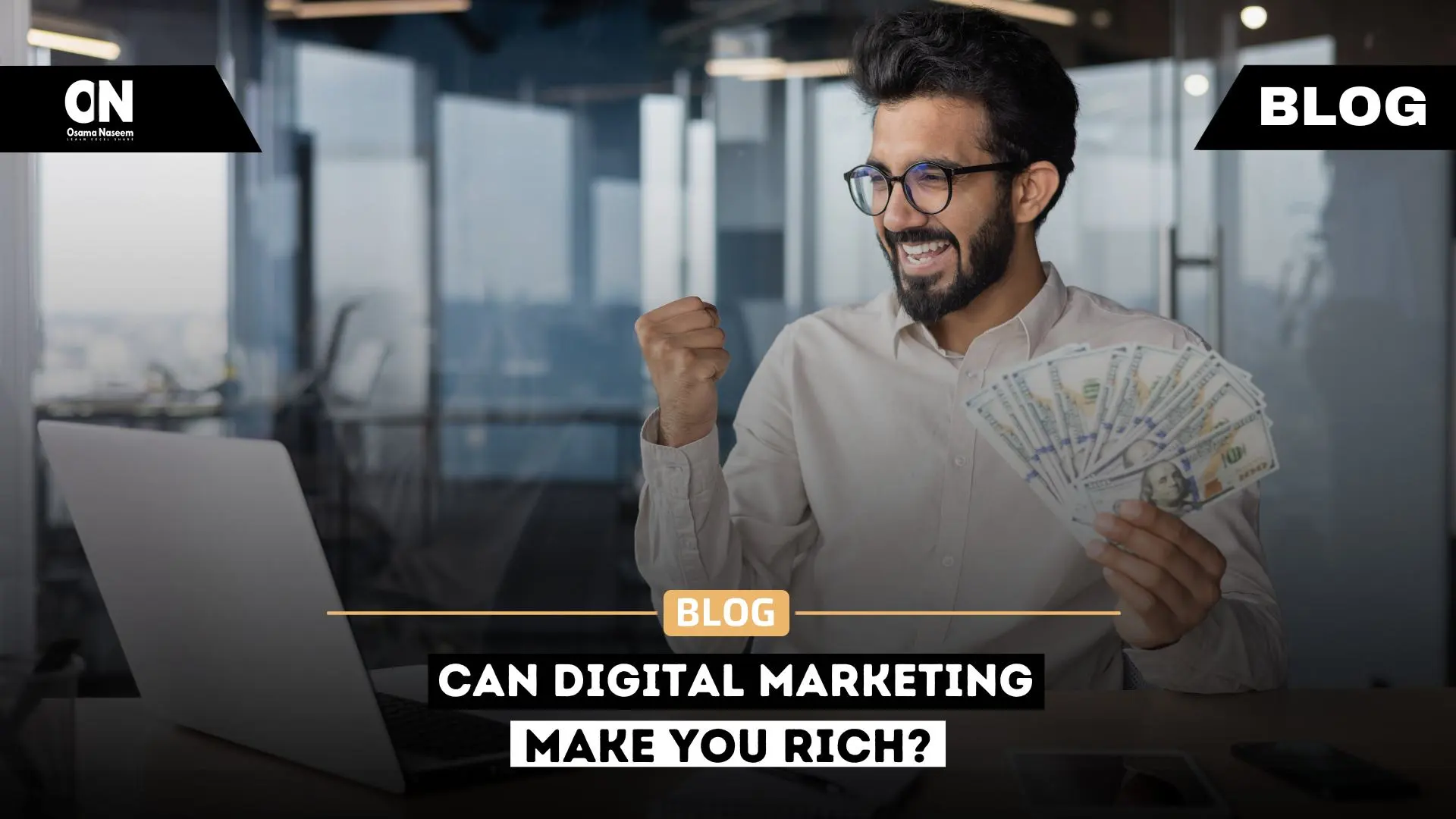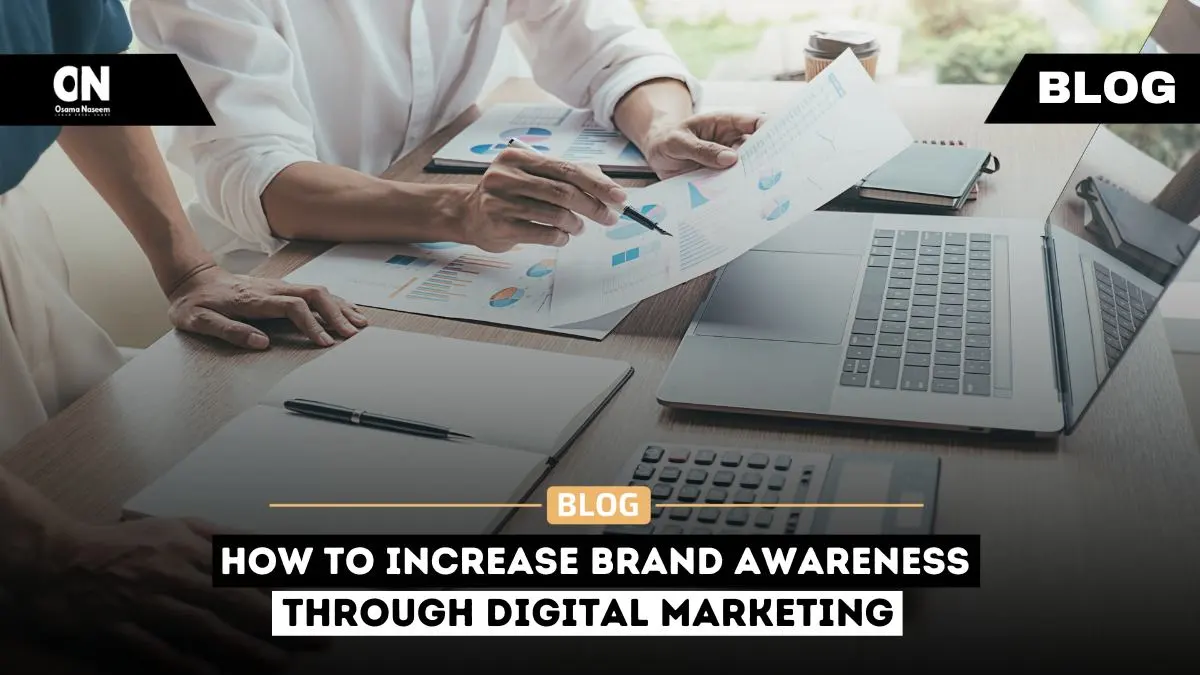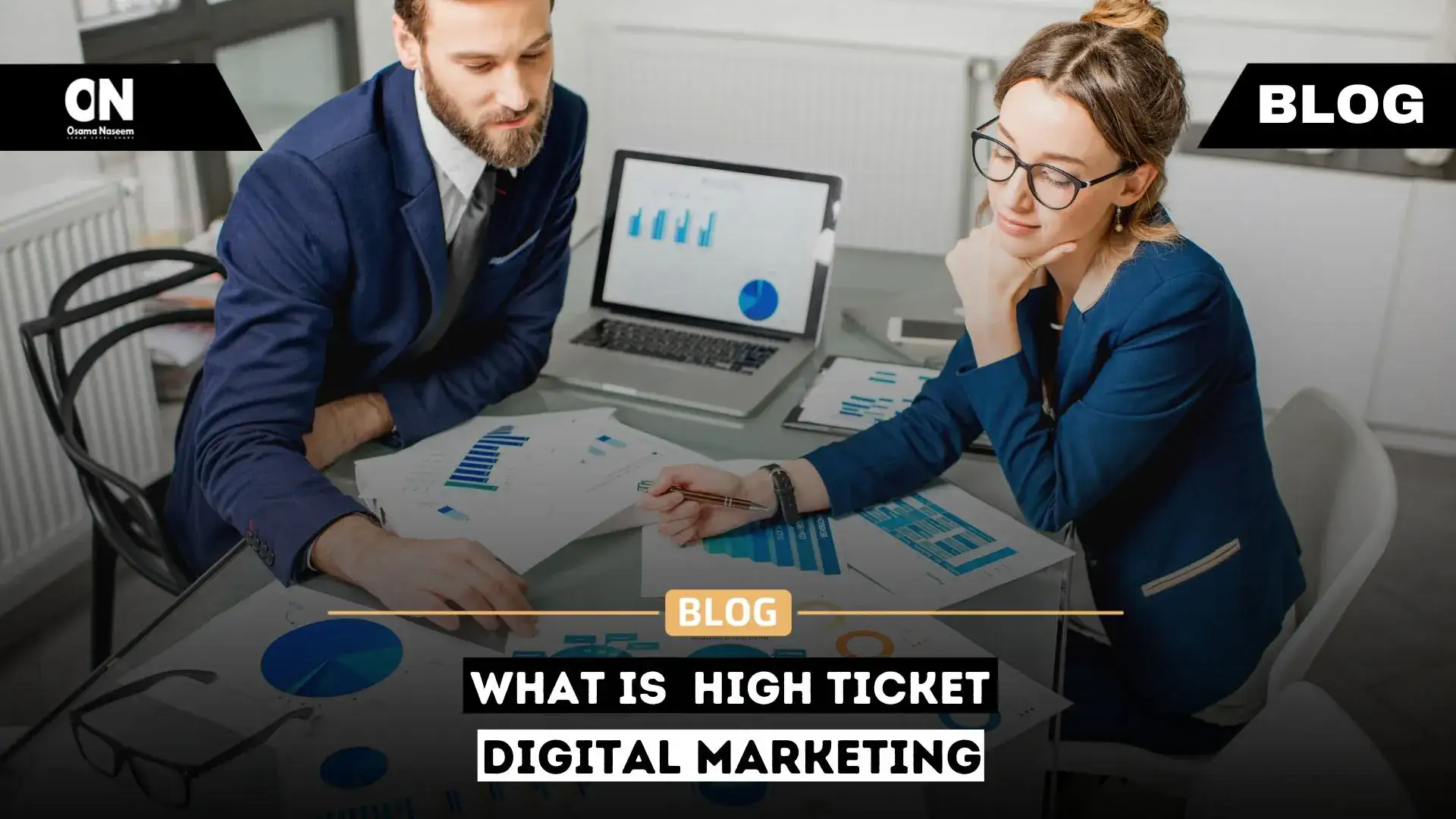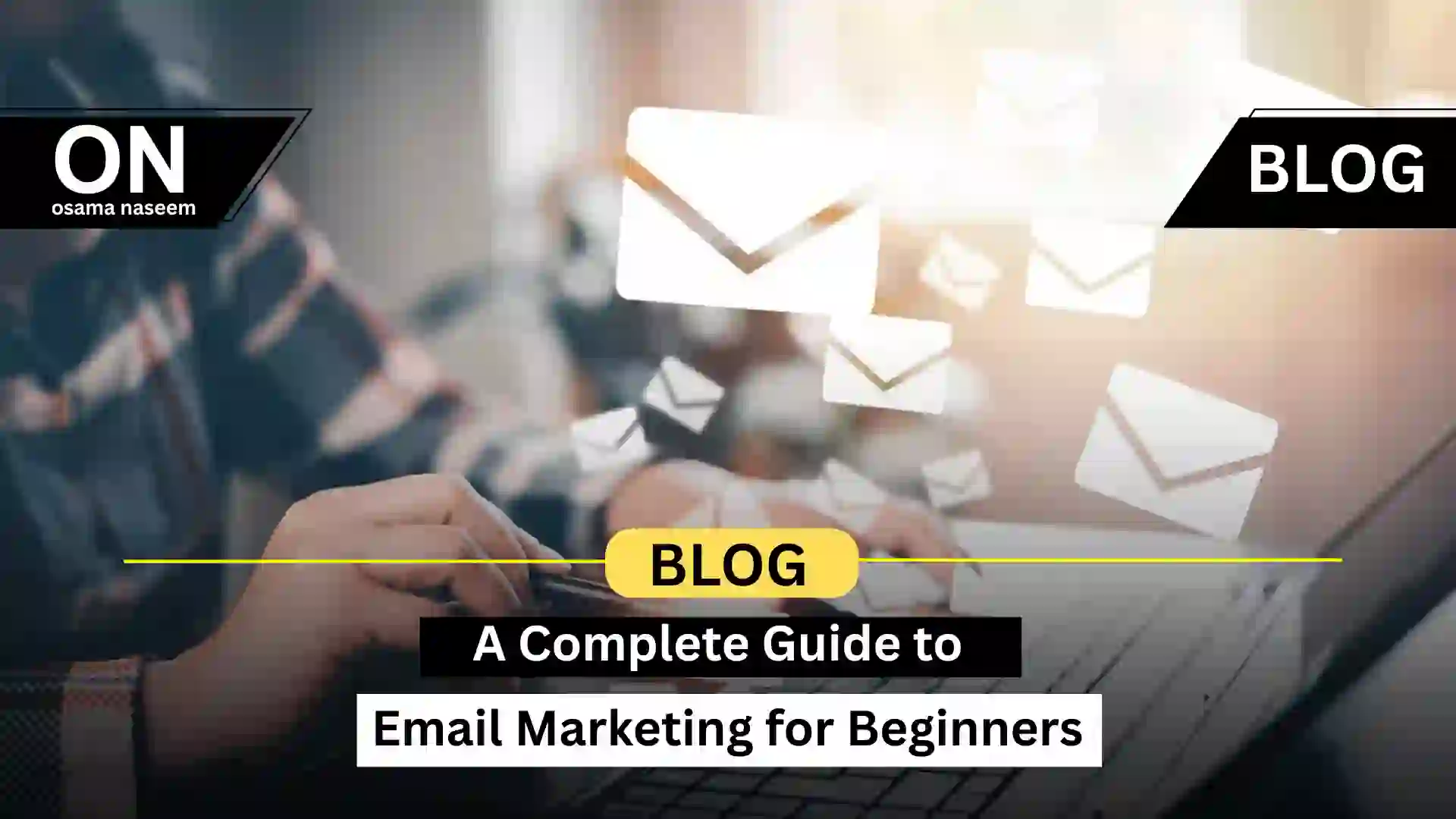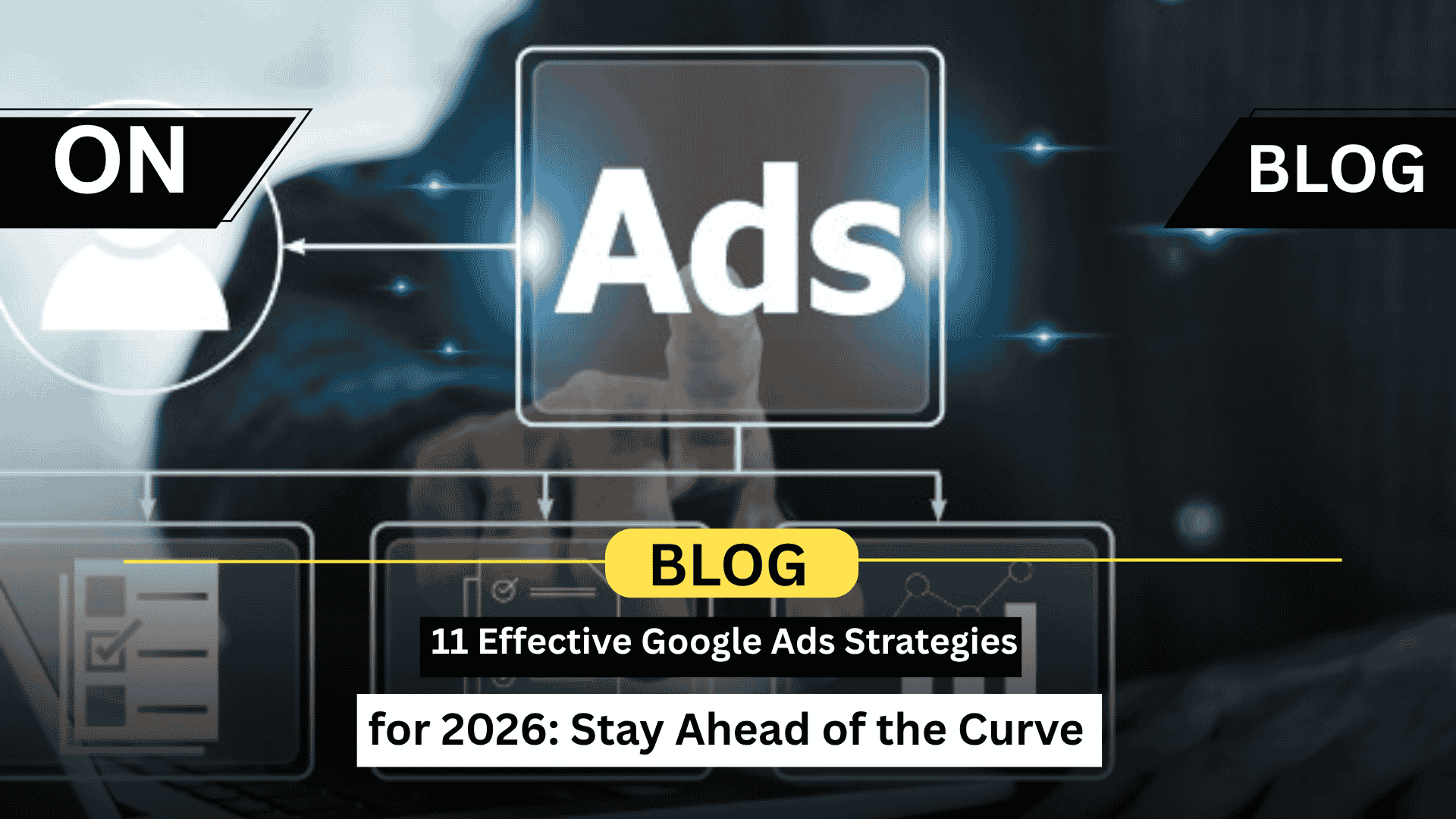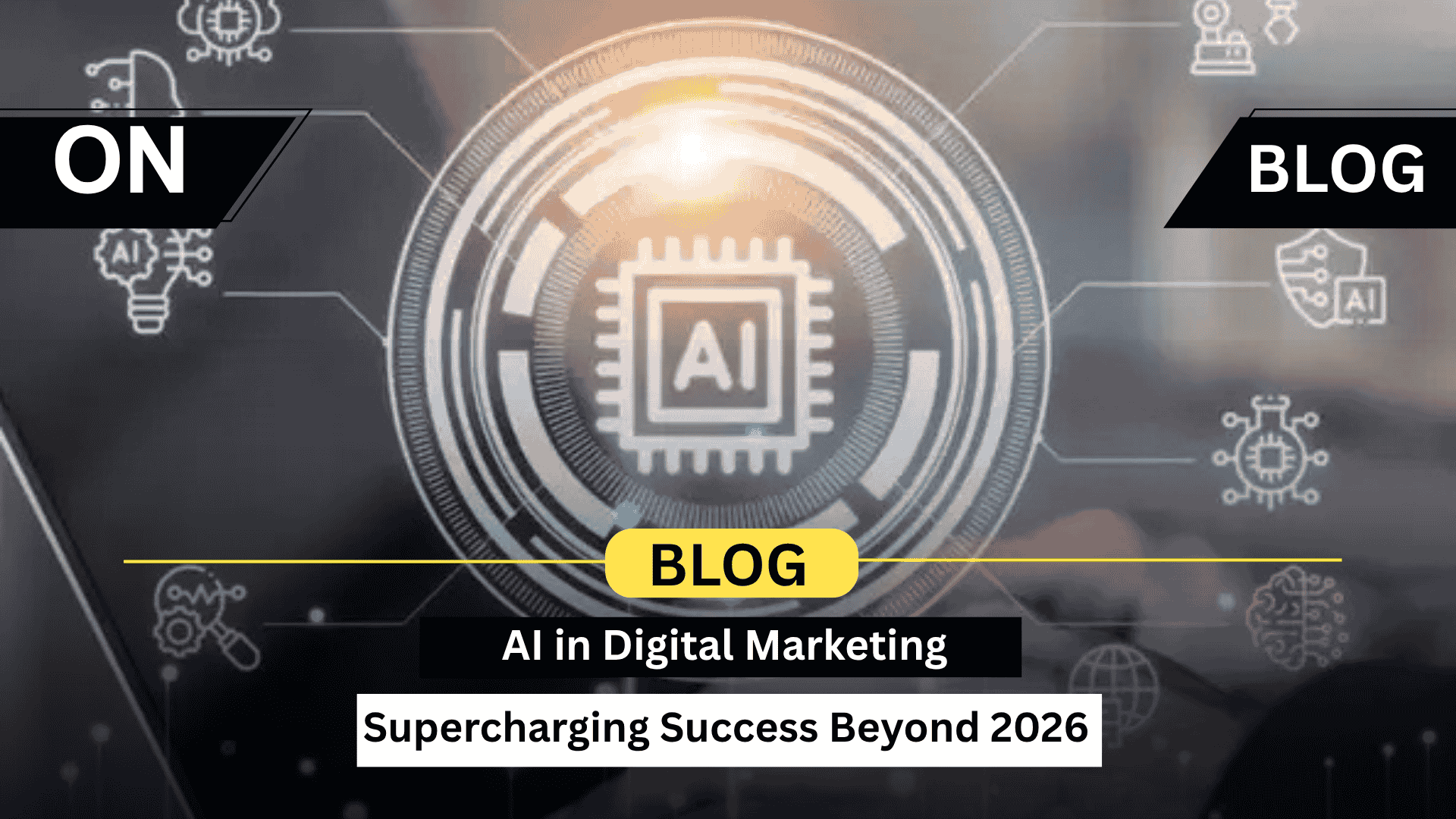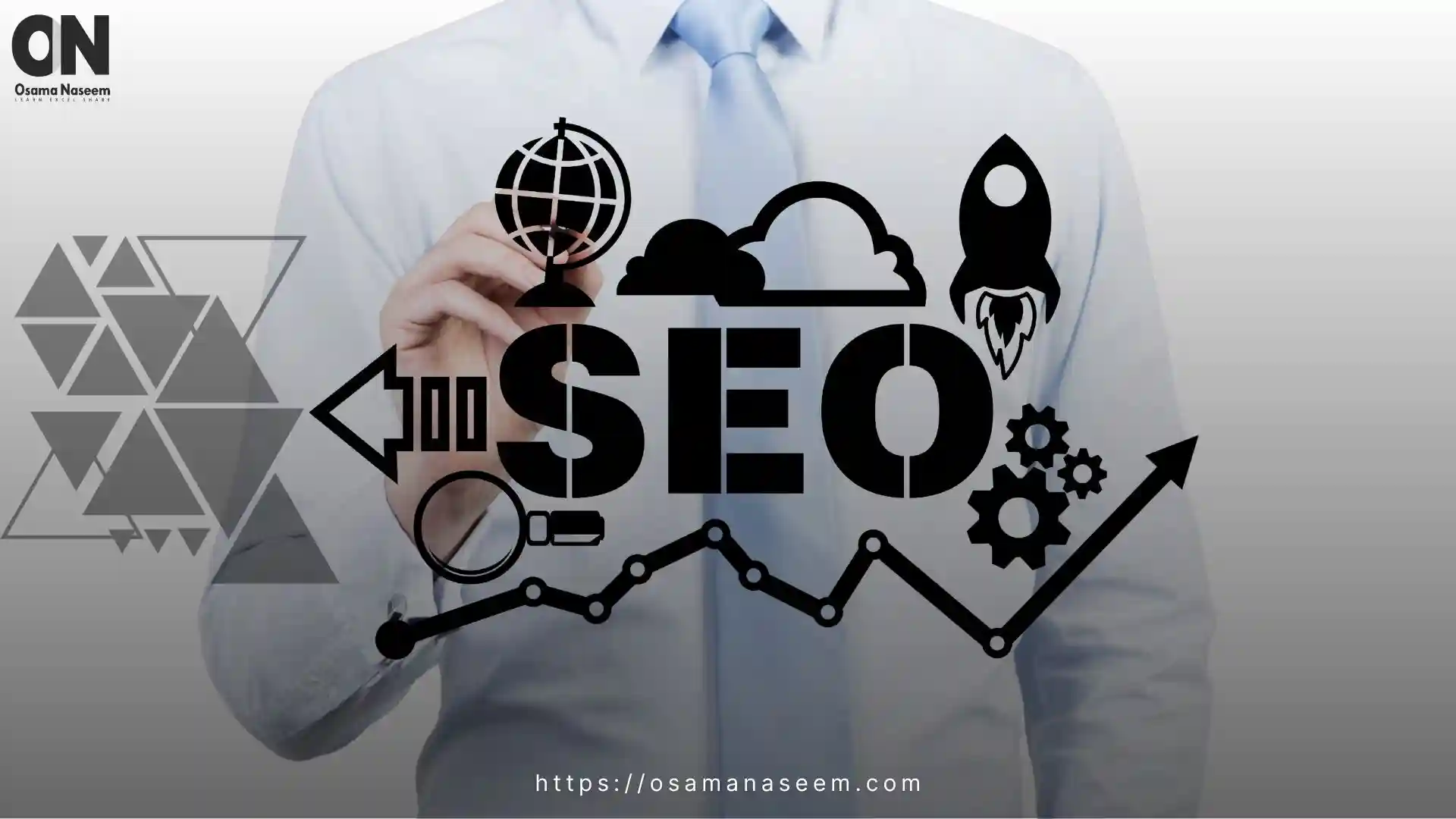Can Digital Marketing Make You Rich?
Digital marketing brings considerable changes in the current era. It increasingly takes place in the traditional marketing approaches. However, it is a new approach for companies to connect with their target audience and markets. With the growth of social media, SEO, and online advertising, the demand for digital marketing has increased. As a result, many people want to know Can Digital Marketing Make You Rich? Yes, it holds the power to unlock incredible benefits and bring wealth to people. However, the key is to have proper knowledge, strategy, and persistence. From understanding the basics to using advanced strategies, here we are going to explore how digital marketing helps you rank toward financial success. Understand, What is Digital Marketing? The COVID-19 bring new challenges for the retailers and marketplace. The travel and retail industry gets a severe knock. Thus, all sectors feel the sudden need for digital marketing. The latest techs made digital marketing essential and more lucrative than ever before. Digital marketing is a modern term that contains all marketing strategies by leveraging electronic and internet devices. Nowadays, companies use digital platforms like social media, emails, and websites to engage their current customers. This marketing tool gains a lot of limelight as a successful business plan to boost finances. Digital marketing can make you rich and solid marketing to earn money and the trust of people. However, people can choose different skills and strategies while making a career as a digital marketer. It is a rewarding career choice for passionate people who have the creative abilities to succeed. This platform makes you rich depending on what kind of digital marketing you choose. Do not forget digital marketing comes with potential challenges and competition. Effective Ways to Earn as Digital Marketers Dreaming of a career path that paved with gold? Digital marketing holds value and the potential to boost financial success. Whether you desire for a profitable career or business venture, proper skills can bring huge financial success. But is it a definite path to becoming rich? No real. In all industries, success relies on various factors. You need expertise and a flexible niche. Hence, digital marketing is a vast landscape that offers many ways to earn money and meet your goals/dreams. Can Digital Marketing Make You Rich? Yes, the digital market has versatility. You can choose your niche and plethora of skills such as: Search Engine Optimization (SEO): SEO is a name for mastering the art of ranking websites and driving organic traffic and leads. Search engines are one of the ways, people discover online content that positively boosts the traffic on the site. Read article ” Mastering SEO – Search Engine Optimization Starter Guide “ Content Marketing: It is another form of digital marketing in which you aim to create compelling strategies and plans to engage the audience. The content creator can create blogs, videos, and infographics to establish authority in a specific niche. Read article ” Ultimate Guide to Content Marketing for Small Businesses 2026 “ Marketing on Social Sites: Social platforms like Facebook, Instagram, and Twitter are used as powerful marketing tools. All these social sites help to engage an audience and help to boost the brand’s visibility. Becoming a social media expert helps to manage the brand’s presence and foster impactful online communities. Read article ” Ultimate Guide to Social Media Marketing 2026 “ Email Marketing: With the rise of social media, email remains an effective marketing tool to connect with potential audiences. Effective email marketing converts prospects into customers and loyal fans. So, you can nurture leads and bring sales through effective email campaigns. Read article ” A Complete Guide to Email Marketing for Beginners “ Affiliate Marketing: Affiliate marketing is a win-win for both parties to get rich. In this form, the businesses pay one or more affiliates for each visitors who bring potential visitors. There are countless success stories of people who earn through digital marketing. All these effective platforms help digital marketers earn six-figure incomes and skyrocket their fame. So, digital marketing can indeed make you rich. Challenges in Digital Marketing and Tips For Aspiring Digital Marketers Every digital marketer has a query about how Can Digital Marketing Make You Rich. The road to becoming a millionaire through digital marketing does not come without hurdles. However, digital marketing is not a new term but emerging constantly. Staying ahead of the curve requires continuous adaptability and learning skills. Also, digital marketers can stand out by their innovation, hard work and creativity. Tips for Ambitious Digital Marketers Build a Clear Strategy: Start a digital marketing with defined goals and understand your market niche. Keep in mind what you offer. Who is your audience? A clear plan is the basis for successful digital marketing. Adaptability is a Key: The digital world evolves rapidly. You will find new trends and technologies that emerge in the digital world. However, the key is to stay informed and updated to leverage digital marketing. Measure Your Success: Digital marketing flourishes on data. Hence, you can use analytics to track your progress. Understanding what factors work and what never helps to refine your plans and help to achieve the best results. All these factors help to make informed decisions as a digital marketer. We can say digital marketing has the potential to generate wealth and success. But the success of digital marketing comes with the best planning, content excellence, adaptability and analytics. All aspiring entrepreneurs or influencers get vast opportunities in the digital landscape. Even they can unlock financial stability with creativity and dedication. So, get ready to be a part of the ever-evolving digital ecosystem.

